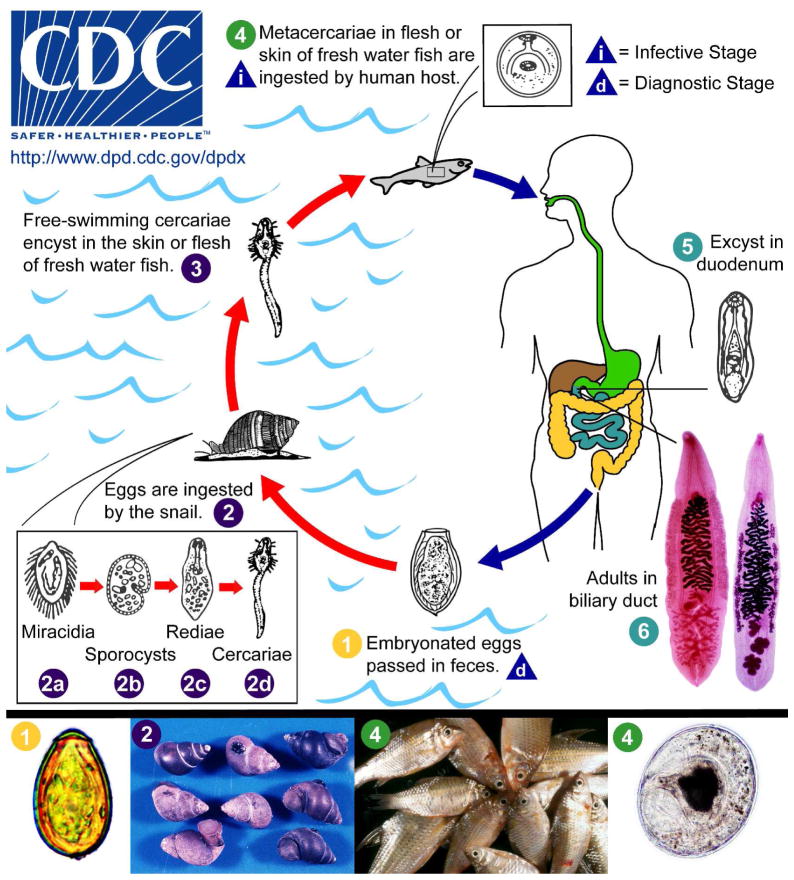Figure 2. Life Cycles of O. viverrini and C. sinensis.
Embryonated eggs are discharged in the biliary ducts and in the stools (stage 1). Eggs are ingested by a suitable snail intermediate host (2); there are more than 100 species of snails that can serve as intermediate hosts. Each egg releases a miracidium (2a), which morphs through several developmental stages (sporocyst [2b], redia [2c], to become a cercaria [2d]). Cercariae are released from the snail and after a short period as free-swimming larvae in fresh water, they penetrate the flesh of freshwater fishes, such as Cyclocheilichthys armatus or Puntius leiacanthus, where they encyst as metacercariae (3). Humans are infected through ingestion of undercooked, salted, pickled, or smoked freshwater fishes (4). After ingestion, the metacercariae excyst in the duodenum (5) and ascend the biliary tract through the Ampulla of Vater. Maturation to adulthood (right, O. viverrini; left, C. sinensis) takes approximately one month (6). The adult flukes reside in the small and medium-sized bile ducts. In addition to humans, carnivorous animals can serve as reservoir hosts 90.

